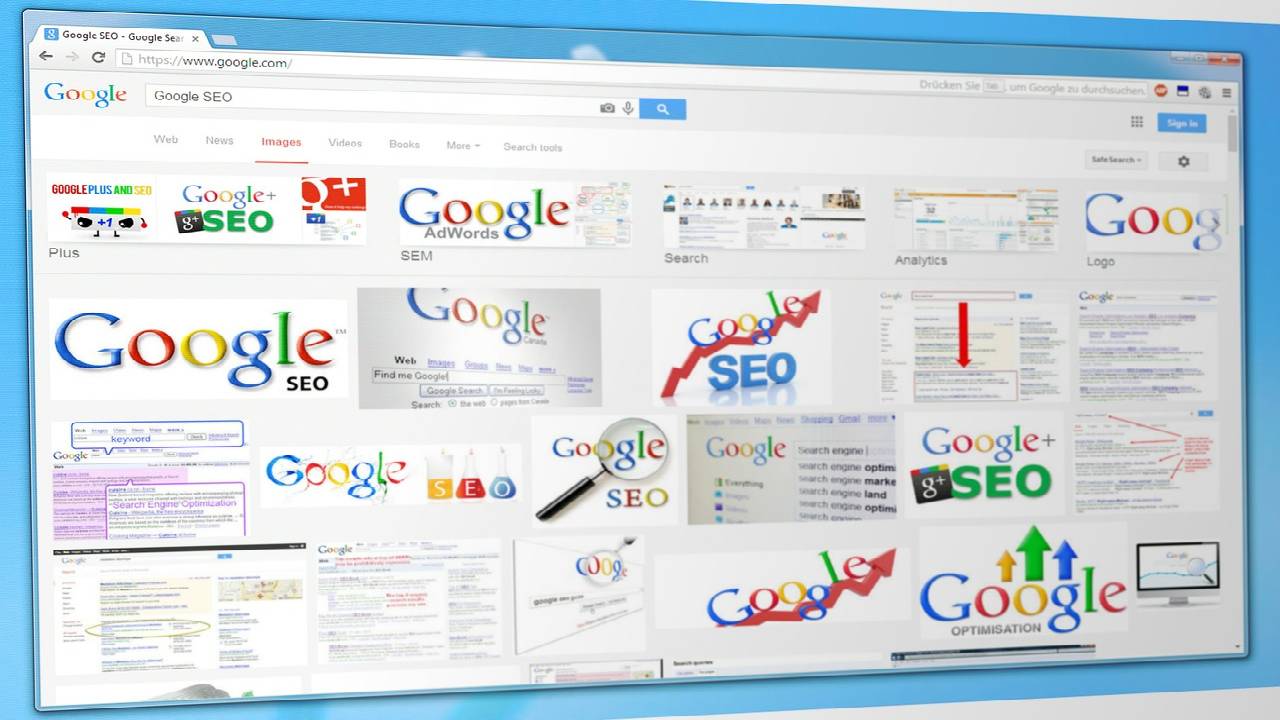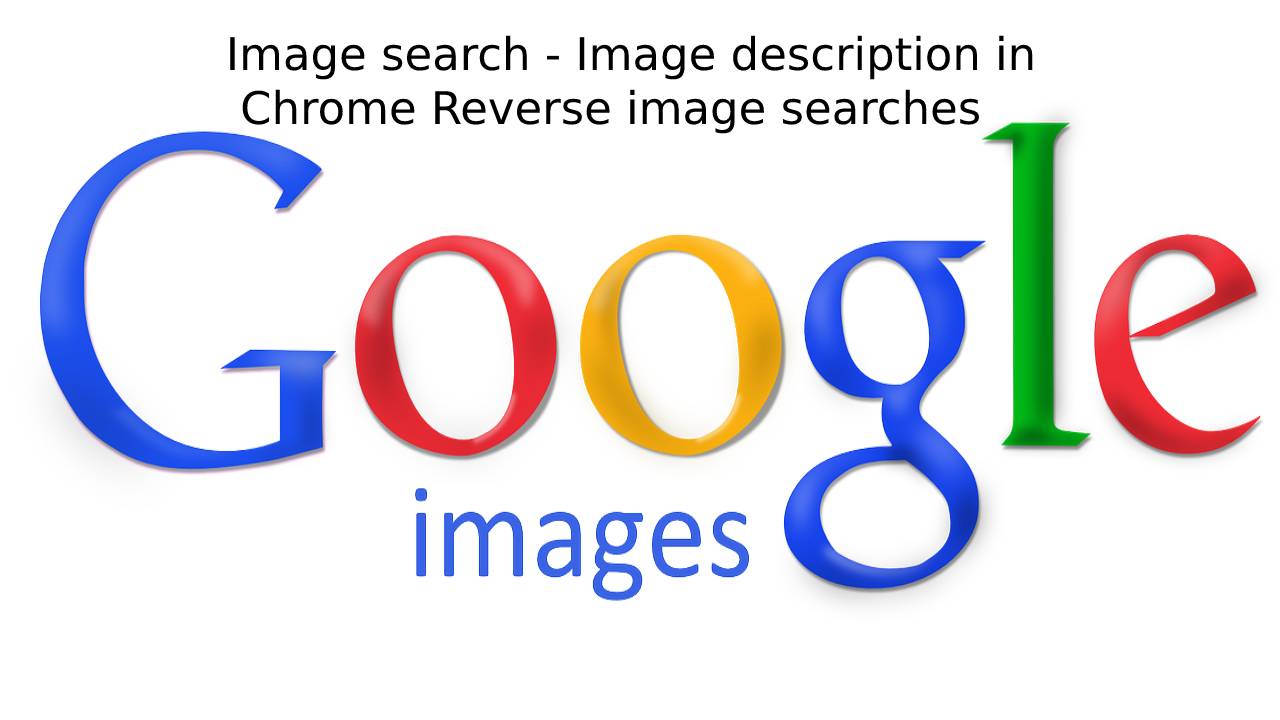Image search
Image search is a type of online search where the user uploads an image rather than a text-based keyword to find visually similar images and details relevant to the query image.
It can also be referred to as “search by picture” or “search by picture,” or “search backward.”
Searching the web began by mimicking analog text-based searches.
This technique didn’t cut the mustard off image search, and search engine developers knew it.
Image search: Why?
- Because people don’t think of pictures with words, we see what we want, we record images, and we remember images with surprising clarity in the eye of our mind.
- When we are forced, do we add text attributes – colors, size, shape, and texture – describe the images?
- The development of image search technology that conforms to human behavior patterns has been associated with an extended effort to deliver one thing:
- To enable people to search for images without words. They have working iterations for this idea.
- Now you can search for pictures with a picture, and computers can recognize and categorize images better than ever before.
- However, the road from text search to advanced image recognition has been a long one, and we are developing the technology further.
- But for anybody who wants to understand the story of how one of our most widely used resources – research – turned out to be to our liking, stick with it.
Search for images by dragging an image
- Firstly, Image search with an uploaded image
- Secondly, Image search with an image URL
- Image search on the smartphone
- Lastly, Image search with an uploaded image on the smartphone
- Do you have a picture on your computer and want to know the context or the source? Use it by dragging in or by uploading.
- Have you found a picture on the Internet and would like more information about it? Then use it with an image URL.
- Are you out and about with your smartphone or tablet and want to know more about a picture? Then use it on your smartphone or tablet.
Get Image Descriptions on Chrome
- When using a Chrome screen reader, you may describe untagged images, for example, images without alt text.
- The images are sent to Google, which creates the corresponding images. If Google cannot explain an image, the screen reader reads the following sentence: “No description available.”
Enable image description in Chrome settings
- You can also enable or disable image descriptions for all Chrome settings pages. Whether you go through the stages or the context menu, the result will be the same.
- From your PC to Open Chrome.
- Next to the address bar, then click on settings.
- At the footer of the “Settings” page, enter Advanced settings.
- Under “Accessibility,” turn on or off the “Get image descriptions from Google” option.
- If this feature is enabled, a checkmark is displayed next to the “Get image descriptions from Google” option.
- The image description is only available to screen reader users, such as audio commentary or Braille. Stories do not appear on the screen. They may not be completely accurate.
- If you have any remarks, please contact the Google ease of access support team.
- Images are sent to Google servers to provide you with a description, but Google does not save them.
- When Google describes a snapshot, it never changes the affected web pages.
- This feature is designed for privacy concerns so that sites, your screen reader, and your operating system do not know you are using it. To learn more, see our Privacy Policy.
Search using an image on Google
- You can search using an image to learn more about it or the objects around you. For example, you can use a plant photo to learn more about it and look for similar images.

Search results
- Results may include:
- information concerning the objects present in the image;
- similar images;
- websites containing the image or similar image.
Search using an image from a website
Important: To search using an image from a Chrome app website, you must set Google as the default search engine.
On your Android phone or tablet, open the Google app or the Chrome app.
- Go to the website containing the image.
- Long press on the image.
- Tap Search with Google Lens.
- Select the type of search to perform
- Use an object present in the image: press the item using the selection tool (if available).
- Use part of the image: Tap the image box selection tool, and then drag the corners of the box around your selection.
- At the bottom of the screen, scroll down to access related search results.
Reverse image searches
- If you want to know where a picture on your computer came from, You can find out with Google’s reverse image search!
- Usually, you want to find an image on Google using a keyword. But what if you now have a picture and don’t even know what context it is in?
- Or maybe you want a different size or learn the source? Then Google’s reverse image search will help.
- A step forward then came the most effective form of CBIR to date: “reverse” image search, in which the user did not enter text but an image itself.
- It took the guesswork out of search queries as no user had to write text over the image they were thinking.
- Instead, they used the image itself.
- TinEye was the first to use frame-by-frame search, and other search engines quickly followed suit. The use case of reverse image search is limited.
- The service matches one image to find its source. It’s a valuable tool that we still use today, but it hasn’t covered all of the weaknesses of image search in its current form.
- However, as the accuracy of indexing images based on visual attributes increased, search engines began to implement features that grouped similar pictures in response to search queries.
- Google’s Image Swirl was a single such project and one of the first to pull out consumer research.
- The visual clue search has combined with photo meta-text elements to allow users to explore similar images such as different angles and night shots of the Washington Monument:
Also Read: Solitaire – Rules of the game and Strategies, Distribution of points

